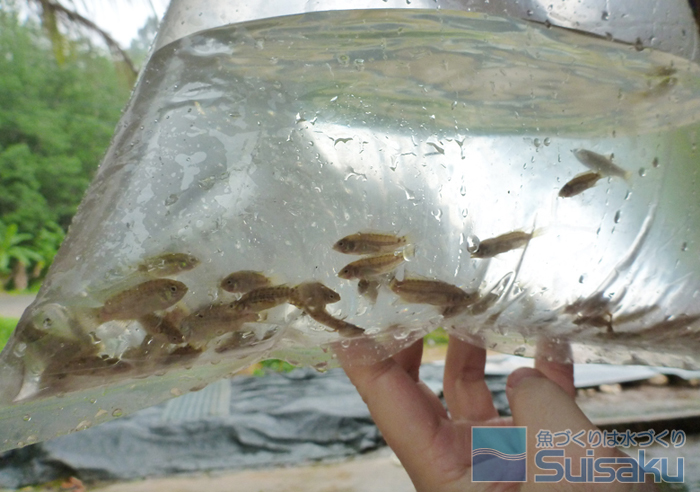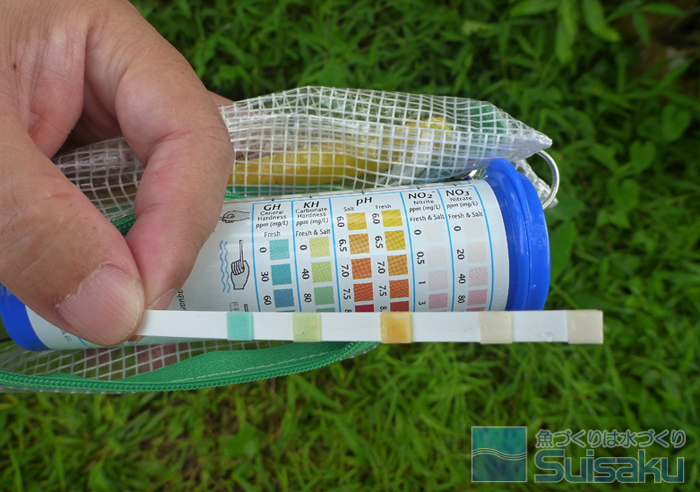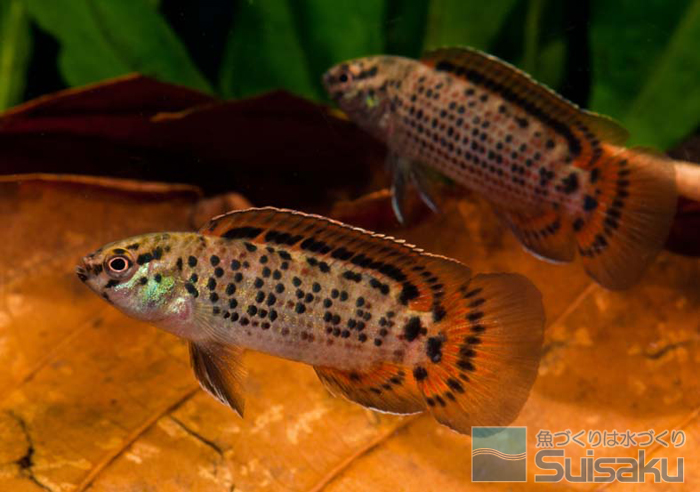
Thailand, which is my home field, is home to three types of fish belonging to the Badis genus. These are Badis khwae, which inhabits Kanchanaburi in western Thailand, Badis ruber, which inhabits Nong Khai in northeastern Thailand, and Badis siamensis, which inhabits the Malay Peninsula in southern Thailand.
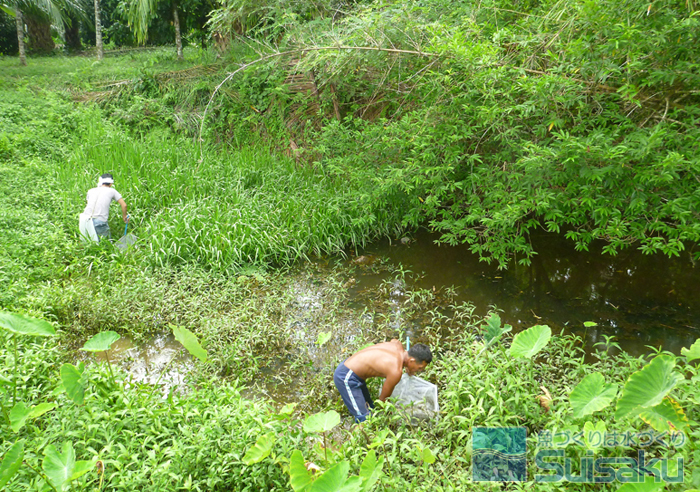
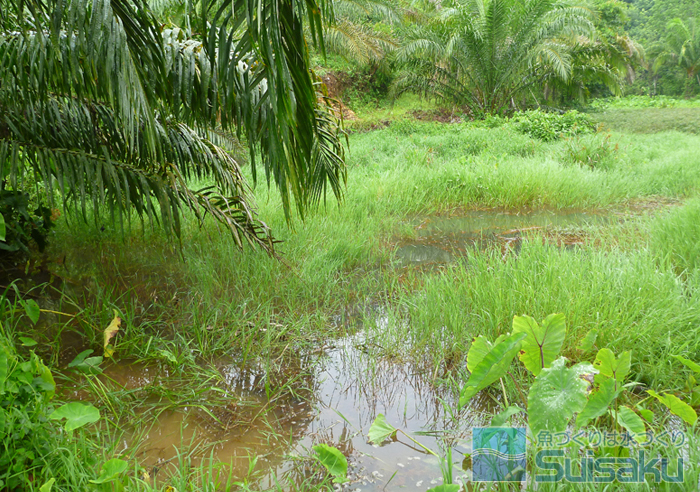
There are many opportunities to go collecting in the Kanchanaburi area, so I have already collected and photographed Badis Kwae myself, even though it is a rare species. Badis ruber has also been collected many times in the past at a place called Bunkan near Nong Khai in northeastern Thailand. I am also collecting and photographing badis ruba on the outskirts of Vientiane, Laos, across the Mekong River. I had not collected Badis xiamensis by hand since I first collected it about 20 years ago from a stream thick with crypts near Ranong in southern Thailand. Although it seems that there was some commercial import during that time, it has become a phantom badis that has hardly been imported for the past 10 years.
I have taken the specimen I collected 20 years ago home and photographed it, but it was a young fish and the characteristics of the species are not yet clear. For this reason, I had always wanted to take photos of adult fish that showed their colors so that I could clearly see the characteristics of the species.
Southern Thailand is a very interesting area, with environments such as black water and many Malay fish species. In particular, Sungai Gorok near the Malaysian border is rich in fish species, and I used to often go there to photograph it about 20 years ago. However, since 2004, the activities of Islamic separatist extremists have increased, leading to frequent incidents of terrorism and kidnappings, making the country extremely unstable. As a result, the Japanese government has even issued a recommendation to postpone travel. Due to the current situation, my opportunities to go out to southern Thailand for photography have completely decreased. Even in southern Thailand, there is no danger as far as Phuket and Krabi, but if I couldn't go beyond that, I would have to avoid going further.
A friend of mine came to visit Thailand from Japan during Golden Week this year. He's my friend, so naturally he loves fish. He has been to Thailand many times in the past and has taken me around western and eastern Thailand. When I asked him about his hopes, he said he wanted to go to southern Thailand, which he had never been to this time. I have a responsibility to guide people, so I can't take them to dangerous places. It's safe to go as far as Krabi, and that's the only way we can go on our schedule. So, I was able to target Badis xiamensis and decided to go to the Krabi area for the first time in a while to collect and photograph them.
We departed from Bangkok by car and drove south down the Malay Peninsula to southern Thailand, taking pictures at interesting points along the way. After passing through Chumphon, cross the Malay Peninsula and head west. After a 7-hour drive, we arrived at the town of Ranong facing the Andaman Sea. The next day, we left the hotel early in the morning and headed towards Krabi, looking for good spots for collecting and photographing. The most important task here at Ranong is, of course, collecting Badis xiamensis. I would definitely like to take a live specimen home and photograph the adult fish.
I searched for a small stream where crypts like the ones I had collected before were thriving, but I couldn't find any. Nowadays, it's easy to just register your location in your GPS, but 20 years ago there was no such convenience. If you haven't been to the field for a long time, the scenery will change and you will lose track of where you are. In addition to Badis, I also wanted to collect individual Betta inbellis by region, so I searched for wetlands where they were likely to live. In such cases, it is more effective to show photos and interview local people rather than searching blindly. I stopped by a house and asked if they were looking for a betta, and they told me they were behind their house. As I passed through a mangosteen orchard, I saw a wetland that looked like a habitat for betta fish. I put my net in a pool that seemed to have a good atmosphere, and the fish immediately came in. I thought it was solid, but apparently it's short. When I looked closely, it was Badis. They live not only in places with currents, but also in pools like this.
Kanchanaburi, Bunkan, and Vientiane, where I have collected badis in the past, all had slow-flowing rivulet habitats, although the currents were not fast. The preconception that Badis' habitat is a stream with a stream has been completely overturned.
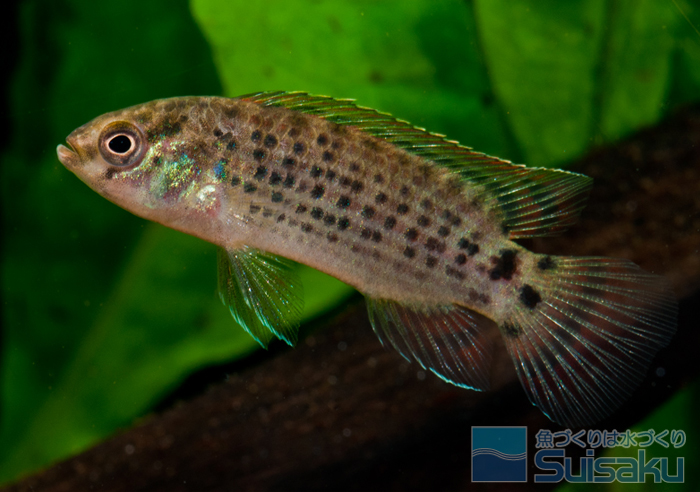
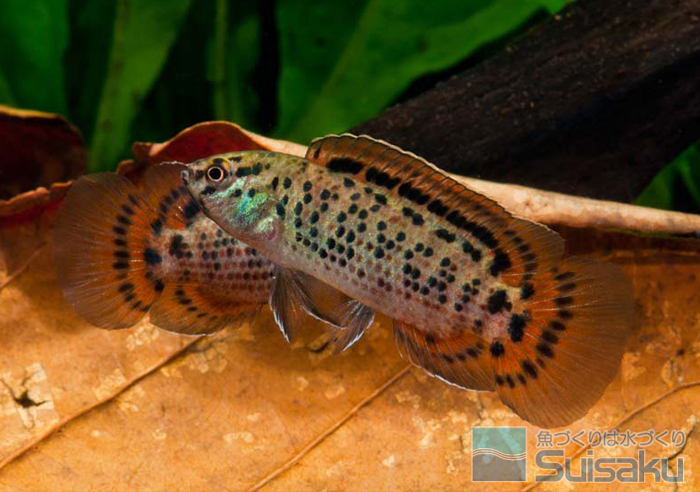
We are lucky to have found the target prey that we did not expect. The person from the private house who guided us also joined us and helped us collect. Thai people are kind and always willing to help in situations like this. However, just as he thought he was lucky, a huge squall struck. He took shelter from the rain under a banana leaf for a while, but when it seemed like it wasn't going to stop, he ran back to the eaves of a house. This time, my friend who went collecting with me is an amazing rain man. When I go collecting with him, I almost always get hit by the rain. He is so powerful that he jokes that if he goes to a drought area, he will be worshiped as a god. While they were sheltering from the rain, his partner Ton continued collecting. The theory is that getting wet while collecting food is the same as getting wet in the rain, but I'm worried that I might catch a cold. As if collecting had become difficult, Ton soon returned with a plastic bag full of fish. Did you catch 40 fish? The number is sufficient for photography. I spent the time teaching Japanese to the children at the house until the rain stopped, and when I gave them this year's calendar from Suisaku as a farewell, they were very happy. It's hard for others to understand my work, so it's very helpful to have something tangible like this, and people will be happy to receive it as a gift.
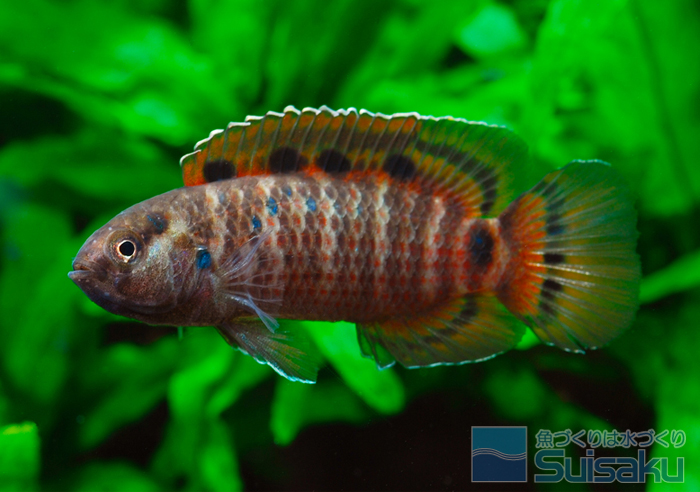
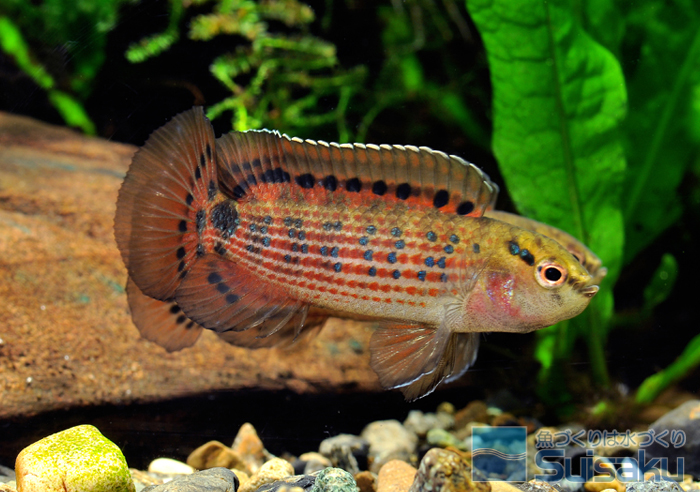
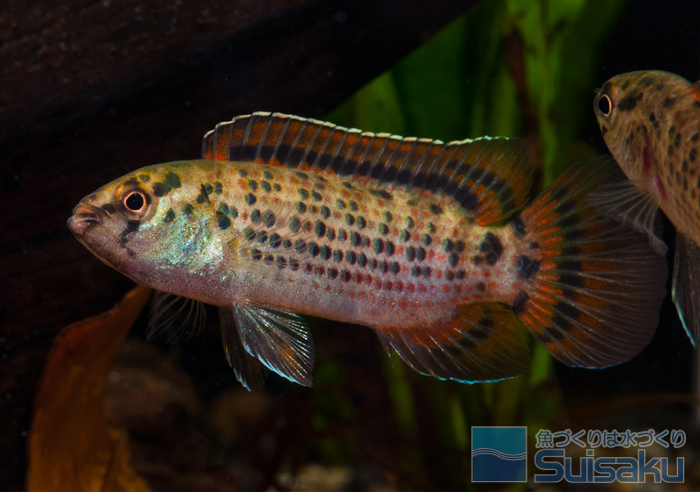
The collected Badis xiamensis was immediately replaced with clean water and brought back to Bangkok with VIP treatment. When I filled a plastic bag with oxygen, I was made aware of the surprising ecology of badis. Jump anyway. At night, the sound of plastic bags hitting each other is so loud. This fish lives in areas with currents, so it's probably an attempt to swim upstream. Care must be taken when keeping them in an aquarium due to their ecology. As with wild bettas, be careful not to jump out.
This badis was extremely durable and was brought back to Bangkok almost without dying. The fish I brought back to Japan were successfully raised to adulthood. I was able to successfully film the fight scene of the adult fish, which was my long-awaited goal. I will also introduce photos of two other species that live in Thailand, so please compare the differences. Young fish or fish that don't show their color may look the same, but if you compare them like this, you'll be able to clearly see the differences between the species.



